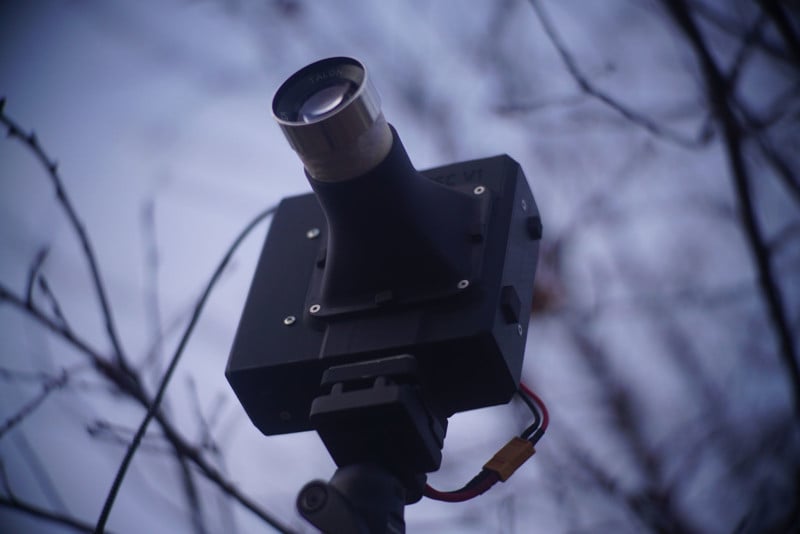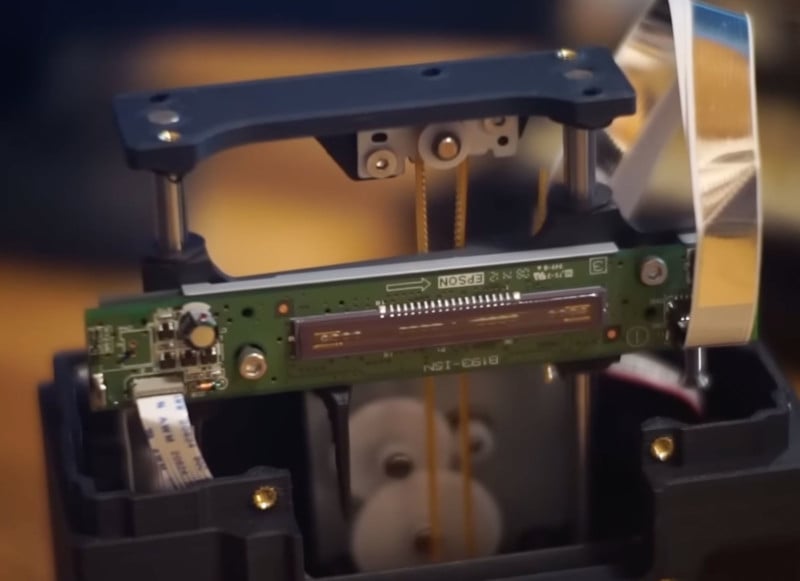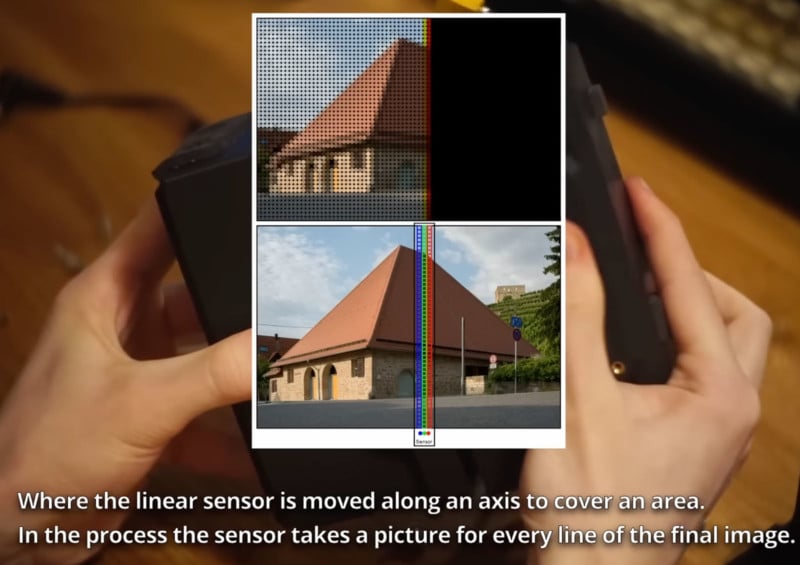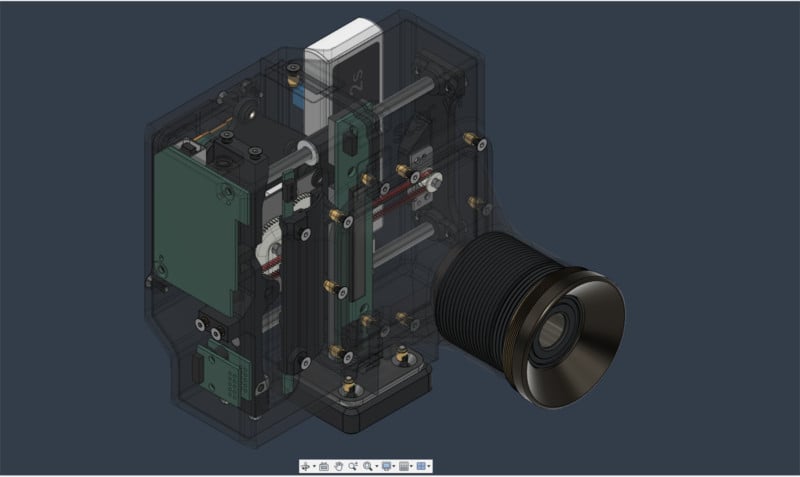Photographer Builds a 489-Megapixel, $160 DIY Scanner Camera

Last year, PetaPixel wrote about photographer Ryan Kojima who built a DIY medium format camera using the CCD sensor from an Epson flatbed scanner. The DIY scanner camera captures massive, detailed 514-megapixel photos. Kojima built his first scanner camera a decade ago, although he recently upgraded it to deliver even better performance.
As seen on Digital Camera World, Kojima’s work inspired fellow photographer Yunus Zenichowski, who saw Kojima’s project, wanted to build a scanner camera of his own. Zenichowski’s 489-megapixel scanner camera, what he calls the Super Cheap Scanner Camera (SCSC), costs around $160 to build, provided the builder has access to a 3D printer. Zenichowski’s CAD files are open source and available on GrabCad.
The SCSC uses the image sensor from an Epson V37 flatbed scanner, which is a charge-coupled device (CCD) image sensor. Unlike the “area” CCD sensors in some digital cameras, especially older ones such as the Nikon D80, scanners like the Epson V37 use a “linear” CCD sensor. A linear CCD physically moves while capturing image data. This design helps keep the size of the CCD sensor smaller while capturing high-resolution data of a stationary subject, like a document or print. There’s no need for the image sensor of a scanner to be the same size as the scanner bed.

CCD sensors differ dramatically from the CMOS image sensors found in most modern digital cameras. A scanner camera like those built by Kojima and Zenichowski requires a subject to be stationary since the linear CCD sensor is slow. It must physically move to scan the entire image area. It’s similar to using an electronic shutter with incredibly bad rolling shutter.

Although limited by speed, a linear CCD sensor captures excellent detail and accurate color information. A linear CCD captures each pixel three times, once each for red, green and blue channel information. In contrast, an area CCD captures color information for one channel, and the sensor then calculates the values of other channels using neighboring pixels (interpolation).
One of Zenichowski’s primary goals is to make a DIY scanner camera more affordable, which means he requires a lens mount other than the Mamiya 645 lens mount Kojima used. While Mamiya 645 lenses are excellent quality, they are also relatively expensive. You can purchase Mamiya lenses for under $300, but that’s roughly double the total cost of the SCSC. Zenichowski’s camera instead uses a cheap projector lens, which is available for around $40, about the same price as a used Epson V37 scanner.
At the 1200dpi resolution setting, the V37 in Zenichowski’s DIY scanner camera produces 143-megapixel images. The scanner can capture more than 600-megapixel images using its native software, but Zenichowski says “a better lens would absolutely be necessary for that.”

While Zenichowski hasn’t published full-resolution sample images, Kojima did when he showed off his latest scanner camera. Kojima’s images are available on Flickr, and are illustrative of what you can expect from Zenichowski’s DIY scanner camera, although it’s important to consider the difference in optical quality between a projector lens and Mamiya 645 lenses.
Image credits: All images by Yunus Zenichowski